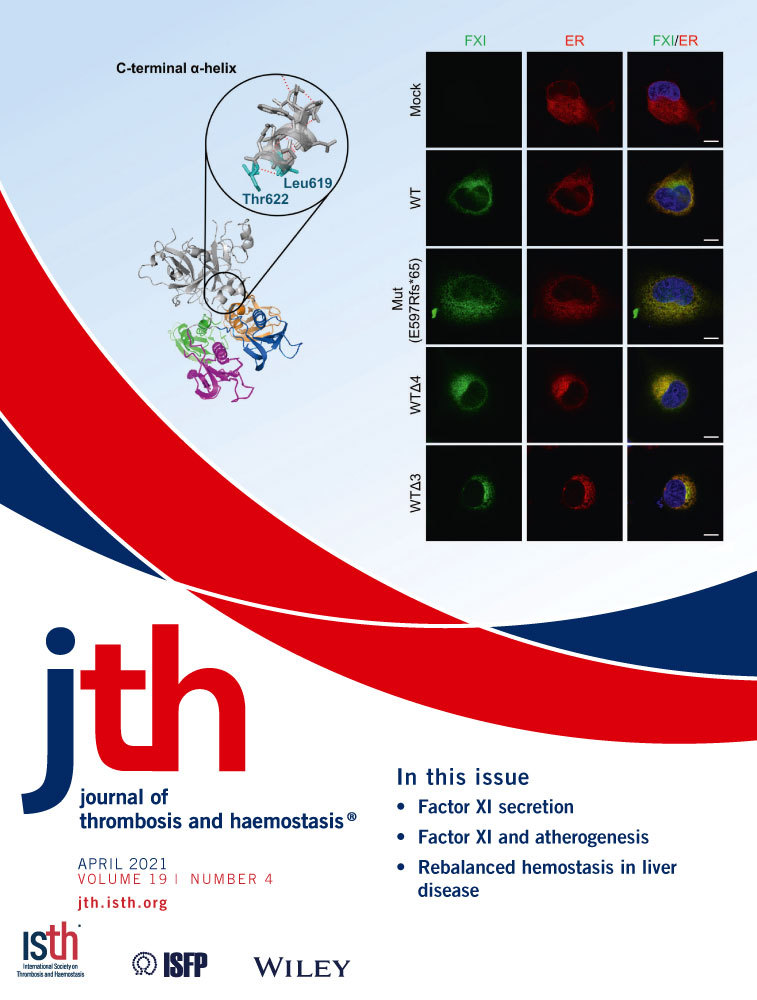What the neighbors say
1 CANCER-ASSOCIATED SUBSEGMENTAL PULMONARY EMBOLISM: CLINICAL SIGNIFICANCE
Yan et al. Clinical factors and outcomes of subsegmental pulmonary embolism in cancer patients. Blood Adv. 2021; 5(4): 1050-1058. https://doi.org/10.1182/bloodadvances.2020003136
Cancer-associated venous thromboembolism (VTE) is a well-established clinical condition, and cancer patients experiencing VTE have a significantly increased risk of mortality. In the assessment of possible VTE, advances in imaging modalities are now able to detect subsegmental pulmonary embolism (SSPE) with greater sensitivity; however, the clinical significance of SSPE in this context remains unclear. In this retrospective analysis of 206 adult cancer patients with a diagnosis of SSPE, the majority of patients had metastatic disease, 50% were on chemotherapy and 11% had a prior history of VTE. In this population, 67% of SSPE events were detected incidentally at the time of staging CT scans and 70% of these cases were single and isolated events. In follow-up, 9% of the SSPE patients experienced a PE recurrence and the recurrence rate was higher in patients not treated with anticoagulation (13% vs 8%). However, treatment with anticoagulation did not influence overall survival when adjusted for ECOG performance status and cancer stage.
2 PLATELET RECEPTOR-FIBRIN INTERACTIONS IN THROMBUS CONSOLIDATION
Perrella et al. Nonredundant roles of platelet glycoprotein VI and integrin αIIbβ3 in fibrin-mediated microthrombus formation. ATVB. 2021; 41(2): e97–e111. https://doi.org/10.1161/ATVBAHA.120.314641
The role of fibrin deposition in thrombus stabilization is an essential element of normal hemostasis, but the details of how this function is supported remain only partially resolved. While evidence exists to support a role for fibrin-αIIbβ3 interactions, there is the potential for other platelet receptors to make additional contributions to this important event. In this study, a range of immobilized fibrin surfaces was generated, some of which were cross-linked with factor XIIIa and contained von Willebrand factor–binding peptide. Microfluidic assays with whole blood flowed at a high shear rate (1000 s−1) indicated that the fibrin surfaces, regardless of the presence of factor XIIIa or VWF-BP, supported platelet adhesion and activation. The absence of αIIbβ3 in Glanzmann thrombasthenic platelets eliminated platelet adhesion. However, blocking of glycoprotein VI also substantially, but incompletely, reduced platelet secretion, Ca2+ signaling, and aggregation, while inhibition of Syk further reduced these responses. In platelet suspensions, glycoprotein VI blockade or Syk inhibition prevented fibrin-induced platelet aggregation. Collectively, these results indicate that fibrin fibers, regardless of their mode of formation, act as a stabilizing surface in microthrombus formation via nonredundant roles of platelet glycoprotein VI and integrin αIIbβ3.
3 REDUCTASE STRUCTURE
Liu et al. Structural basis of antagonizing the vitamin K catalytic cycle for anticoagulation. Science. 2021; 371(6524): eabc5667. https://doi.org/10.1126/science.abc5667
The molecular target of warfarin and related vitamin K antagonists (VKAs) is the enzyme known as vitamin K epoxide reductase (VKOR), which reduces oxidized vitamin K so that it can participate in the essential post-translational modification of a number of blood-clotting proteins in the endoplasmic reticulum. Fully understanding the catalytic mechanism of VKOR—and how VKAs inhibit it—has been difficult in the absence of the structure of this protein. Liu and colleagues now present eleven crystal structures of both human VKOR and a VKOR-like paralog, solved with bound substrates and antagonists, shedding important new light on the VKOR’s catalytic cycle as well as new insights into the action of both conventional VKAs and “superwarfarins.” This impressive study also explains how some mutations in KVOR result in warfarin resistance and provides structure/function insights that could lead to new therapeutics.
4 DNA ORIGAMI
Zhao et al. A DNA origami-based aptamer nanoarray for potent and reversible anticoagulation in hemodialysis. Nat Commun. 2021; 12(1): 358. https://doi.org/10.1038/s41467-020-20638-7.
Extracorporeal circulation of blood inevitably risks widespread activation of clotting via the contact pathway, unless powerful anticoagulants such as heparin are on board. However, heparin can have serious side effects, as can its neutralizing agent, protamine. In this study, Zhao and colleagues screened a large library of folded DNA molecules which they term “origami-based assemblies” to identify potent inhibitors of the clotting activity of thrombin. They cleverly enhanced the affinity of their DNA origami-like aptamers by making them bivalent, with an optimal spacing of 5.4 nm. Using a dialyzer-containing extracorporeal circuit to mimic what happens to blood in clinical hemodialysis, the authors’ aptamer nanoarray was highly effective in blocking thrombus formation. It is, of course, important to reverse anticoagulation following the procedure. Accordingly, the authors designed DNA oligonucleotides whose sequences are complementary to those of the aptamers, allowing rapid and efficient neutralization of these novel anticoagulants. The authors propose this novel anticoagulant platform as a possible basis for hemodialysis of patients with renal diseases.




